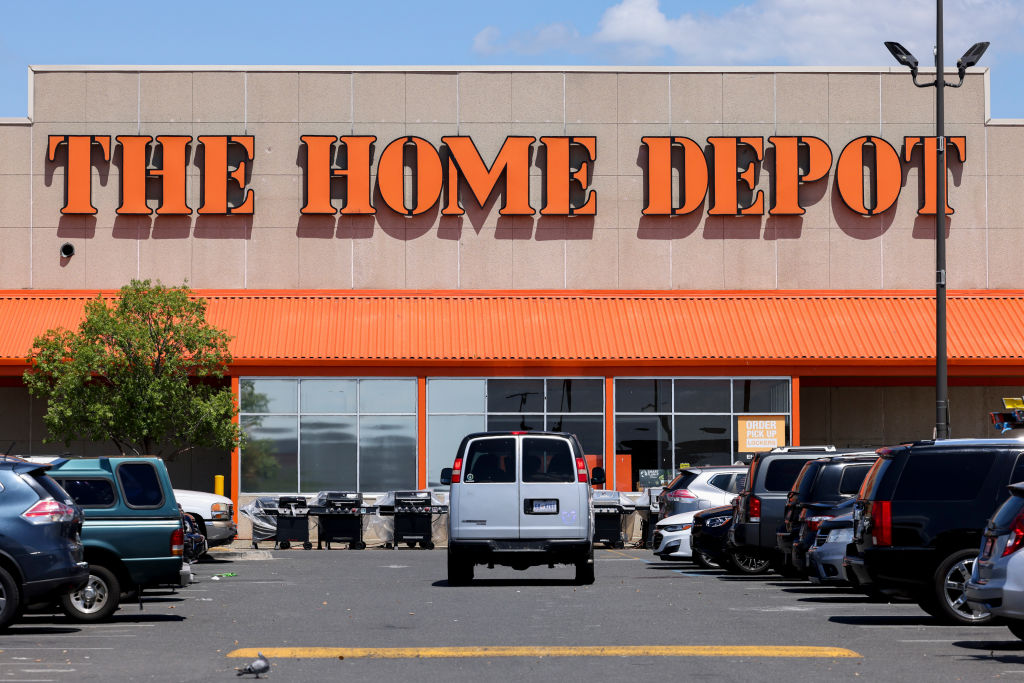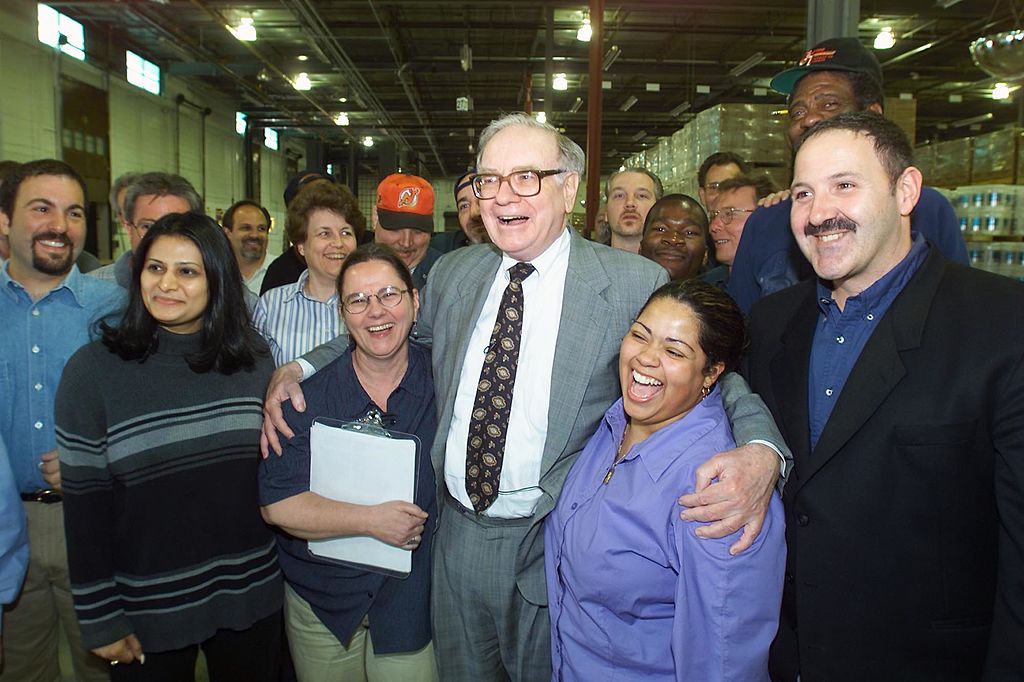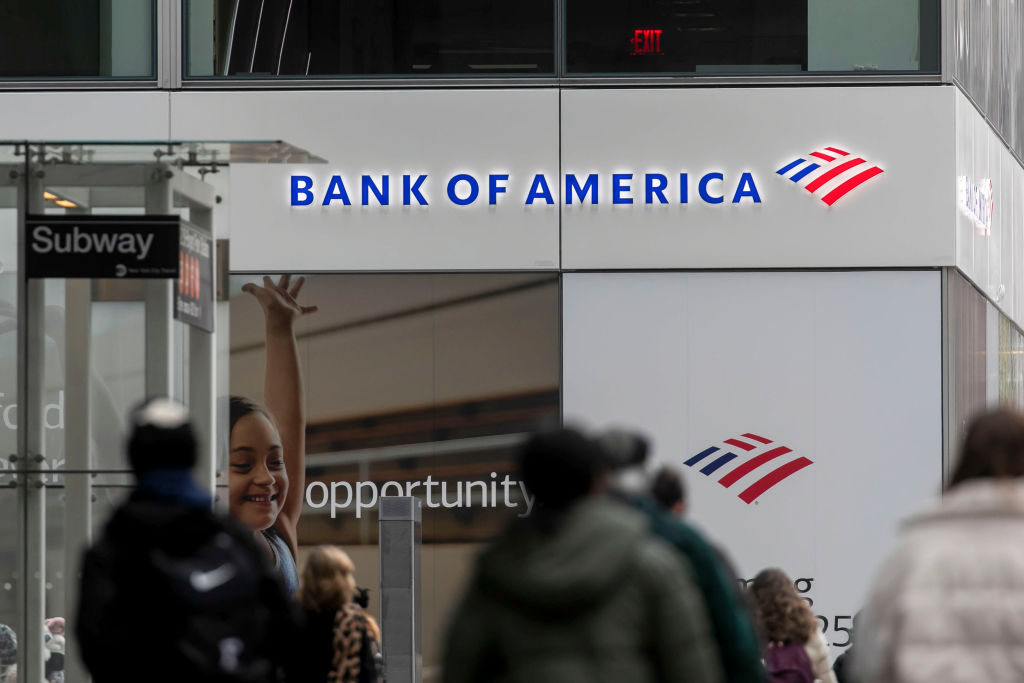A Wise Investment Plan
Now more than ever you need to figure out how much risk you can handle and create a well-diversified portfolio. Here are one expert's tips.
You're probably shellshocked from the investment bombs that have exploded all around you. Now more than ever, you need to develop and stick to a carefully thought out investment plan.
Don't have one? Take some advice from Larry Swedroe, director of research for St. Louis-based Buckingham Asset Management, and author of several useful investing books, including The Successful Investor Today and The Only Guide to a Winning Investment Strategy You'll Ever Need.
Swedroe first notes how few investors even have a plan. "You wouldn't start a business without a business plan, but many or most investors jump in without any investment plan," he says.
From just $107.88 $24.99 for Kiplinger Personal Finance
Become a smarter, better informed investor. Subscribe from just $107.88 $24.99, plus get up to 4 Special Issues

Sign up for Kiplinger’s Free Newsletters
Profit and prosper with the best of expert advice on investing, taxes, retirement, personal finance and more - straight to your e-mail.
Profit and prosper with the best of expert advice - straight to your e-mail.
You're best off mapping out a customized plan with an investment adviser, but you can get a head start with some suggestions from Swedroe. First, he says, focus on asset allocation, not stock-fund or mutual fund selection because asset allocation drives the bulk of returns. (Swedroe is also a strong proponent of investing in broadly diversified passive index funds.)
When it comes to taking risks in investing, he suggests thinking in terms of a three-legged stool: ability, willingness and need. Your ability to take risks, for example, may depend on your employment, or "labor capital," as he calls it. A worker with little employment risk and a stable income, such as a tenured professor or a police officer, can afford to take more investment risks. A young worker with a long investment horizon can also take more risks. In any case, Swedroe says you should invest in the stock market only money you can commit for at least three to five years.
Willingness to take risks depends on the person. Ask yourself if you'll pass the sleep-well test in a bear market, he suggests. "Most people are overconfident in their ability to take risks," he notes. You want to make investment decisions with your head, not your stomach, he explains.
Here's what Swedroe says about the need to take risks: "The very people with the most ability to take risks -- the rich -- have very little need." Sadly, many people with high net worths took more risk than necessary by investing heavily in the stock market prior to the bear market, he notes.
When constructing portfolios, Swedroe layers on some personal preferences to modern portfolio theory, which teaches that high, risk-adjusted returns are likeliest to be achieved with a well-diversified basket of low-correlating assets.
In stocks, Swedroe recommends holding a globally diversified portfolio with at least 20% to 40% in international stocks. He likes to put a healthy dose of emerging-markets and small-company international stocks in his clients' international portfolios because these two classes have relatively high expected returns and particularly low correlations with U.S. stocks. Stocks, of course, have been a disaster the past 13 months, but Swedroe notes that based on history, the returns over the next ten years should be quite rewarding because of today's low valuations.
In normal times, and especially today, Swedroe doesn't like to take risks in bonds. He sees them as a dampener of portfolio volatility, enabling investors to stay the long-term course in volatile stocks. "You need high-quality, fixed-income investments so that you don't panic and sell stocks," he says. Thus, he shuns high-yield bonds (which tend to follow the up-and-down swings of stocks) and prefers bonds with maturities of three years or fewer, which have lower volatility and less correlation to stocks. The best diversifiers, he believes, are high-quality bonds such as Treasuries, Treasury inflation-protected securities and triple-A-rated municipals.
Here's some parting advice from Swedroe: Educate yourself about investing and personal finance. "Most Americans would much rather spend time watching a reality show or soap opera on TV than five or six hours reading a high-quality book," he says. Swedroe's books are accessible and practical, and he recently published a new volume, The Only Guide to Alternative Investments You'll Ever Need. To help draw up an investment policy statement for yourself, we also highly recommend Charles Ellis's Winning the Loser's Game.
Profit and prosper with the best of Kiplinger's advice on investing, taxes, retirement, personal finance and much more. Delivered daily. Enter your email in the box and click Sign Me Up.
Andrew Tanzer is an editorial consultant and investment writer. After working as a journalist for 25 years at magazines that included Forbes and Kiplinger’s Personal Finance, he served as a senior research analyst and investment writer at a leading New York-based financial advisor. Andrew currently writes for several large hedge and mutual funds, private wealth advisors, and a major bank. He earned a BA in East Asian Studies from Wesleyan University, an MS in Journalism from the Columbia Graduate School of Journalism, and holds both CFA and CFP® designations.
-
 Are T-Mobile's Prepaid Perks a Home Run or a Strikeout?
Are T-Mobile's Prepaid Perks a Home Run or a Strikeout?T-Mobile's prepaid lineup promises MLB.TV, T-Mobile Tuesdays and hotspot data. But do the perks make it worth switching?
-
 Verizon Home Internet Is Offering Free Tech to New Customers
Verizon Home Internet Is Offering Free Tech to New CustomersVerizon’s latest home-internet promotion includes free tech, but the real savings depend on pricing, speed needs and how long you stay.
-
 Retirees in These 7 States Could Pay Less Property Taxes Next Year
Retirees in These 7 States Could Pay Less Property Taxes Next YearState Taxes Retirement property tax bills could be up to 65% cheaper for some older adults in 2026. Do you qualify?
-
 If You'd Put $1,000 Into Coca-Cola Stock 20 Years Ago, Here's What You'd Have Today
If You'd Put $1,000 Into Coca-Cola Stock 20 Years Ago, Here's What You'd Have TodayEven with its reliable dividend growth and generous stock buybacks, Coca-Cola has underperformed the broad market in the long term.
-
 If You Put $1,000 into Qualcomm Stock 20 Years Ago, Here's What You Would Have Today
If You Put $1,000 into Qualcomm Stock 20 Years Ago, Here's What You Would Have TodayQualcomm stock has been a big disappointment for truly long-term investors.
-
 If You'd Put $1,000 Into Home Depot Stock 20 Years Ago, Here's What You'd Have Today
If You'd Put $1,000 Into Home Depot Stock 20 Years Ago, Here's What You'd Have TodayHome Depot stock has been a buy-and-hold banger for truly long-term investors.
-
 What the Rich Know About Investing That You Don't
What the Rich Know About Investing That You Don'tPeople like Warren Buffett become people like Warren Buffett by following basic rules and being disciplined. Here's how to accumulate real wealth.
-
 If You'd Put $1,000 Into Bank of America Stock 20 Years Ago, Here's What You'd Have Today
If You'd Put $1,000 Into Bank of America Stock 20 Years Ago, Here's What You'd Have TodayBank of America stock has been a massive buy-and-hold bust.
-

 If You'd Put $1,000 Into Oracle Stock 20 Years Ago, Here's What You'd Have Today
If You'd Put $1,000 Into Oracle Stock 20 Years Ago, Here's What You'd Have TodayORCL Oracle stock has been an outstanding buy-and-hold bet for decades.
-
 How to Invest for Rising Data Integrity Risk
How to Invest for Rising Data Integrity RiskAmid a broad assault on venerable institutions, President Trump has targeted agencies responsible for data critical to markets. How should investors respond?
-
 If You'd Put $1,000 Into Sherwin-Williams Stock 20 Years Ago, Here's What You'd Have Today
If You'd Put $1,000 Into Sherwin-Williams Stock 20 Years Ago, Here's What You'd Have TodaySherwin-Williams stock has clobbered the broader market by a wide margin for a long time.